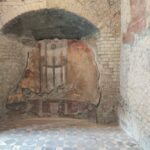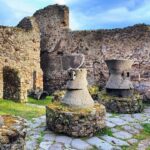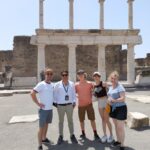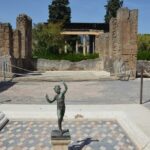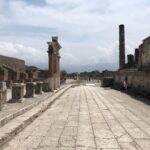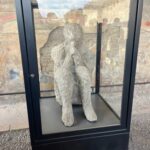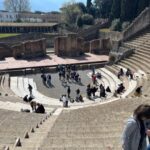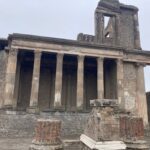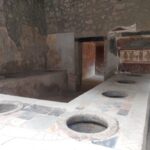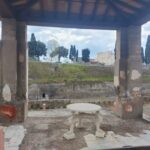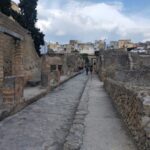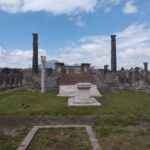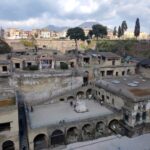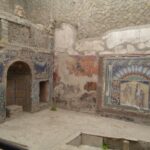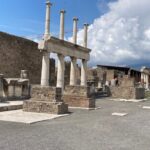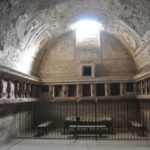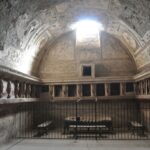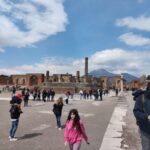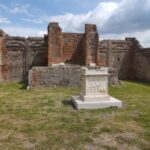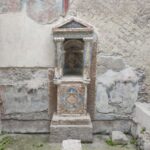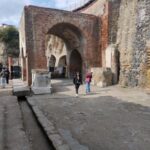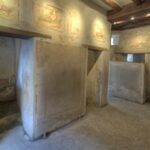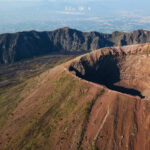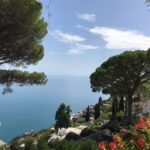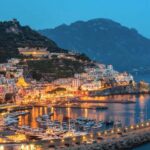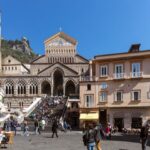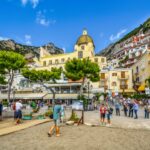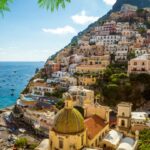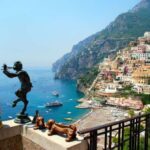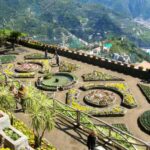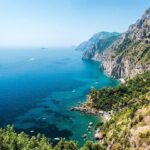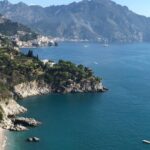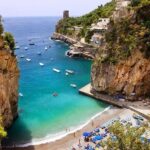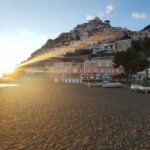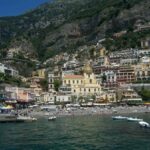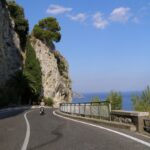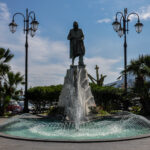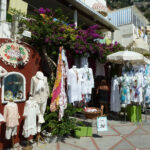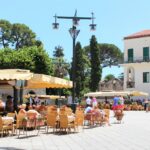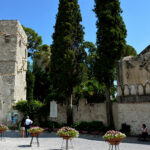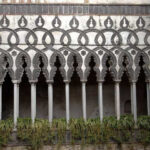Pompeii and the amalfi coast private shore excursion
Full day tour of Pompeii ruins and a great drive along the Amalfi Coast
Being an archaeologist, I excavated a house in Pompeii with my university professor. An incredible experience that I will always carry with me. Pompeii for me is simply a magical place that will leave you with an unforgettable memory of how a Roman city was made in all its public, private, civil, and religious aspects.
Pompeii was an ancient Roman city located near modern Naples in Italy. Its history dates back to around the 8th century BC when it was founded by the Oscans, an Italic tribe. Initially, it was a small agricultural community, but it grew over time into a prosperous and bustling city, largely due to its strategic location near the Bay of Naples and its fertile volcanic soil.
The history of Pompeii:
Greek Influence: Before becoming a Roman city, Pompeii was influenced by Greek culture, as were many other cities in the region. The Greeks established trading posts in southern Italy, including Pompeii, which contributed to the city’s cultural development.
Roman Conquest: In the 5th century BC, Pompeii came under the control of the Samnites, another Italic tribe. However, by the 4rd century BC, it was absorbed into the expanding Roman Republic during the Samnite Wars. Under Roman rule, Pompeii flourished as a commercial and trading hub.
Prosperity and Urban Development: During the 1st century BC, Pompeii experienced a period of significant growth and prosperity. The city expanded, and many public buildings, temples, theaters, and lavish villas were constructed. Pompeii became a vibrant center of commerce, art, and culture.
Mount Vesuvius Eruption: One of the most significant events in Pompeii’s history occurred on August 24, 79 AD, when Mount Vesuvius, the nearby volcano, erupted catastrophically. The eruption buried Pompeii and several other nearby towns under a thick layer of volcanic ash and pumice, preserving them remarkably well for centuries.
Rediscovery: Pompeii remained buried and largely forgotten for centuries until its rediscovery in the 18th century. Excavations began in the mid-18th century and have continued to the present day, revealing invaluable insights into daily life in ancient Rome.
Archaeological Site: Today, Pompeii is an archaeological site of immense historical and cultural significance. It attracts millions of visitors each year who come to explore its remarkably preserved ruins, streets, buildings, and artifacts. Pompeii provides a fascinating glimpse into the daily life, architecture, art, and society of ancient Rome.
Overall, Pompeii’s history is a tale of prosperity, destruction, and rediscovery, offering a unique window into the ancient world.
The tour lasts about 2 hours and will be a journey through history where you will see houses, theaters, baths, shops, brothels, casts of the victims, in an incredible state of conservation. It is a unique emotion to visit a Roman city that integrates in all its architectural aspects.
– The Amalfi Coast is a stunning stretch of coastline located in southern Italy, renowned for its dramatic cliffs, colorful villages, and breathtaking views of the Mediterranean Sea. Here’s a description of its beauty in English:
Dramatic Coastal Scenery: The Amalfi Coast is characterized by its rugged cliffs that plunge into the deep blue waters of the Tyrrhenian Sea. Towering limestone cliffs form a dramatic backdrop against the picturesque coastal villages, creating a landscape of unparalleled beauty.
Enchanting Cliffside Villages: Nestled among the cliffs are charming villages and towns that seem to cling precariously to the mountainside. Each village has its own unique character, with pastel-colored houses, narrow streets, and hidden staircases that wind their way down to the sea. Among the most famous villages are Positano, Amalfi, and Ravello, each offering its own enchanting atmosphere and stunning vistas.
Majestic Views: Scenic viewpoints along the coast provide breathtaking panoramas of the sea and coastline below. Visitors can marvel at the sweeping vistas from viewpoints such as Villa Rufolo in Ravello or the Path of the Gods hiking trail, which offers unparalleled views of the coastline from high above.
Lush Mediterranean Vegetation: The Amalfi Coast is adorned with lush vegetation, including fragrant lemon groves, olive orchards, and colorful bougainvillea. The terraced hillsides are cultivated with vineyards and citrus trees, creating a patchwork of greenery that contrasts beautifully with the azure sea.
Cultural Heritage: The Amalfi Coast is rich in history and cultural heritage, with traces of its ancient past evident in its archaeological sites, medieval churches, and historic palaces. The town of Amalfi itself was once a powerful maritime republic and boasts a magnificent cathedral and charming piazzas.
Gastronomic Delights: The Amalfi Coast is also known for its delicious cuisine, which is influenced by its coastal location and abundant local produce. Visitors can indulge in fresh seafood, handmade pasta, and locally grown lemons, as well as the region’s famous limoncello liqueur.
Relaxing Beaches: Despite its rugged terrain, the Amalfi Coast is dotted with beautiful beaches and coves where visitors can relax and soak up the sun. From secluded pebble beaches to lively beach clubs, there are options for every preference along the coastline.
Overall, the Amalfi Coast is a place of unparalleled natural beauty, where stunning scenery, rich history, and delicious cuisine come together to create a truly magical destination. Whether exploring its charming villages, admiring its majestic views, or simply relaxing on its beaches, the Amalfi Coast offers an unforgettable experience for travelers seeking beauty and tranquility.
ITINERARY
– Pick up at the ports of Naples, Salerno, Sorrento or other meeting place in the region.
– Transfer to Amalfi (around 1 hour stop), walk around the city, or a visit at the Cathedral of Saint Andrea
– Transfer to Positano (1 hour stop) where you are visiting the tiny historical center, the shops and the lovely beach.
– Transfer to Pompeii for a 2 hour guided tour inside the ruins seeing the best highlights.
in Pompeii:
– The big theatre
– The small theatre
– A bakery shop
– The house of the Ceii
– The house of the Menander
– the main street named Abbondanza street
– A roman fast food
– The Stabian bathhouse
– The brothel
– The main square
– The plastercasts of the victims
– Transfer to the ship or to your accommodation.
*This tour can be customized
MEETING POINT + TOUR DURATION
Meeting Point Options: Rail or Bus Station, Cruise Ship Port, Airport, Hotel in Naples or the surrounding area up to Sorrento.
Duration: 7 hours.
TRANSPORTATION
WHAT’S INCLUDED
- Guiding Services
- Private Transportation
ESTIMATED LOCAL CASH NEEDED
WHAT’S EXTRA
- Personal Expenses
- Souvenirs
- Food, Drinks, Snacks



